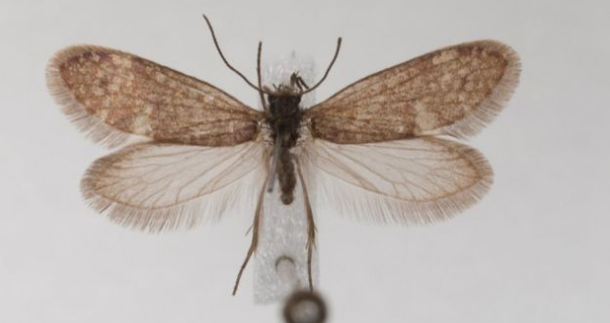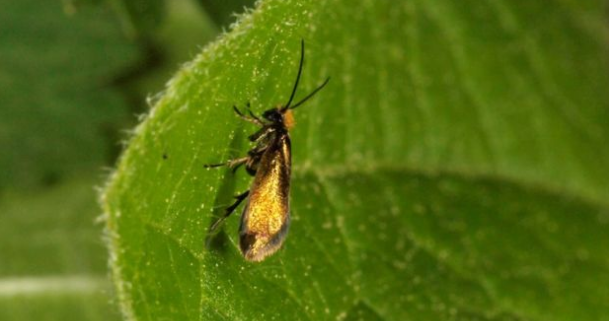Newly discovered fossils demonstrate that moths and butterflies have been on the planet for no less than 200 million years.
Researchers discovered fossilized butterfly scales the span of a bit of clean inside old shake from Germany.
The discovery pushes back the date for the birthplaces of the Lepidoptera, a standout amongst the most prized and considered creepy crawly gatherings.
Scientists say they can take in more in regards to the preservation of butterflies and moths by concentrating their initial development.
They utilized corrosive to break down old rocks, abandoning little pieces, including "impeccably protected" scales that secured the wings of early moths and butterflies.
"We found the tiny stays of these creatures as these scales," said Dr. Bas van de Schootbrugge from Utrecht University in the Netherlands.
Intriguingly, they demonstrate that a portion of the moths and butterflies had a place with a gathering still alive today that has long straw-like tongues for sucking up nectar.
"These discover push back the development of this gathering with proboscises - with a tongue - by around 70 million years," said Dr van de Schootbrugge.
"Our discovers demonstrate that the gathering that should co-advance with blossoms is in reality considerably more seasoned."
The Jurassic was a world overwhelmed by gymnosperm plants, for example, conifers, which delivered sugary nectar to catch dust from the air. The crude creepy crawlies may have nourished on this nectar before blooming plants went along around 130 million years prior.
Dr Russell Garwood of the University of Manchester, who isn't associated with the investigation, said it had dependably been expected that wound mouthparts had advanced close by the blooms that these creatures fertilize.
"This new confirmation proposes that maybe the looped mouthparts had another part before blossoming plants developed," he said.
The investigation, distributed in the diary Science Advances, offers pieces of information to how butterflies and moths turned out to be so boundless, flourishing with each mainland aside from Antarctica.
The early Lepidopterans survived the mass elimination toward the finish of the Triassic, which wiped out numerous other living things.
This information will help advise present-day preservation endeavors, said Dr. Timo van Eldijk, likewise of Utrecht University, the lead analyst on the examination.
The data is "central to enable us to sort out how current synthetic environmental change may influence creepy crawlies and their development later on", he said.
Butterflies and moths are delicate animals, which means fossil proof is uncommon.
Researchers have depended to a great extent on DNA prove from present-day butterflies and moths, which can be utilized to make a transformative tree of life.


good post
Resteemed by @resteembot! Good Luck!
Curious?
The @resteembot's introduction post
Get more from @resteembot with the #resteembotsentme initiative
Check out the great posts I already resteemed.
This is very interesting... I like it... I found you on steemfollower and your post looked good... I wish you lots of success here and keep posting quality information!
This post has received a 0.38 % upvote from @drotto thanks to: @usmanzeb.
No views but 1 like and 1 comment
Thank you @usmanzeb for making a transfer to me for an upvote of 0.82% on this post! Half of your bid goes to @budgets which funds growth projects for Steem like our top 25 posts on Steem! The other half helps holders of Steem power earn about 60% APR on a delegation to me! For help, will you please visit https://jerrybanfield.com/contact/ because I check my discord server daily? To learn more about Steem, will you please use http://steem.guide/ because this URL forwards to my most recently updated complete Steem tutorial?